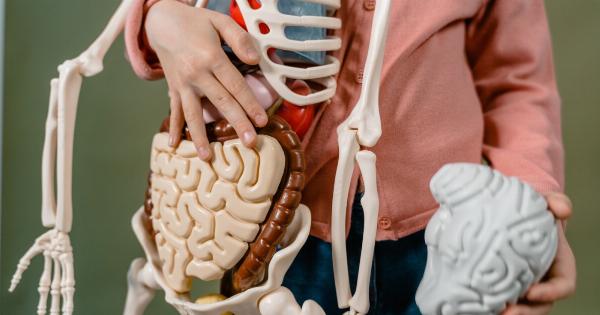Death is a natural process that has fascinated humans for centuries. One of the intriguing aspects of death is the gradual shutdown of bodily functions, including the loss of sight.
However, recent research has uncovered a fascinating phenomenon – eye cells in a deceased body can retain their sensitivity to light even after the person has died. This topic has generated significant attention, particularly among researchers and scientists intrigued by the mechanisms that allow these cells to function in the absence of oxygen and energy.
What is the phenomenon of light sensitivity?
The phenomenon of light sensitivity is one of the most intriguing aspects of the human eye. This sensitivity is due to tiny cells called rods and cones, which are sensitive to light and responsible for our vision.
The retina, located at the back of the eye, contains millions of these cells, and they transmit visual information to the brain through the optic nerve.
When a person dies, the body gradually loses function, including the organs and cells responsible for sight.
However, recent research has shown that the eyes of a deceased person can still respond to light, indicating that the cells may continue to function.
How do eye cells remain functional after death?
Eye cells remain functional for a certain period after death, and the extent of this functionality is determined by various factors such as the cause of death and the time elapsed since death.
However, the main reason that eye cells continue to function is due to their unique structure, which is built to withstand the test of time. The structure of rods and cones is complex, and they contain several key components that allow them to function even in the absence of oxygen and energy.
One of the essential components of rods and cones is the outer segment. This segment is responsible for capturing light, and it contains significant amounts of lipids and proteins that are highly resistant to oxidation and degradation.
This resistance allows the outer segment to remain intact, even after death, ensuring that the cells continue to function.
Another important component of rods and cones is the mitochondria, which are responsible for producing the energy needed by the cells to function.
Even after death, the mitochondria can continue to produce energy for a short period, allowing the cells to remain operational for a limited period.
What are the potential applications of studying light sensitivity in the deceased?
Studying light sensitivity in the deceased has numerous potential applications, both in the field of science and in practical applications.
One of the most significant implications is in the field of forensic science, where it can be used to determine the time of death more accurately.
For example, if a body is found in a location where the lighting conditions are known, researchers can study the eyes to determine how long it has been since the person died.
By analyzing the extent of light sensitivity, they can get a more accurate estimate of the time elapsed since death. This information can be critical in criminal investigations, where determining the time of death is an essential aspect of the investigation.
Another application of studying light sensitivity in the deceased is in the field of medicine.
Research into the structure and functioning of eye cells can provide insight into various eye disorders and diseases such as macular degeneration and glaucoma, and how they can be treated more effectively.
Are there any ethical concerns with studying eye cells in the deceased?
As with any scientific research involving human subjects, there are ethical concerns that need to be considered when studying eye cells in the deceased.
One of the primary concerns is obtaining informed consent from the families or legal next of kin of the deceased.
While the deceased may not be considered a legal person, their dignity and autonomy must be respected. Researchers must obtain explicit permission from the families or legal next of kin to conduct research on the body.
They must also ensure that the research is carried out with the utmost respect, care, and professionalism, taking measures to ensure that the body is treated with the dignity and respect it deserves.
Conclusion
The phenomenon of light sensitivity in the deceased has generated significant attention in the scientific community, providing insight into how eye cells can remain functional even after death.
The potential applications of this research are vast, including in forensic science and medicine. However, it is essential to consider the ethical implications of this research and ensure that it is conducted with the utmost respect and care for the deceased and their families.






























